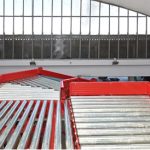Most people that are in charge of hiring or finding contact providers for specific types of production needs are experienced in project management and in general production and processes.
However, they may not be experts in the most cost-effective and efficient manner to produce parts. When precision and low-cost is an important consideration, the use of multi axis machining may be the best possible machining option to consider.
A standard type of CNC machining system will offer up to three different axes. This allows for general shaping on those three dimensions, but will also require the workpiece to be moved, repositioned or finished in another machine.
With multi axis machining, there are five or seven axes that are operating on one piece of equipment. The Swiss Machining centers feature 7-axis machining capability, which is ideal for small to large sized parts of any level of complexity.
Faster Production
With the ability for the cutting tools to operate on double the number of axes on the equipment, shaping any part, regardless of the level of complexity, is much faster. Faster production means more parts are produced per hour, which brings the average cost per unit to the lowest possible level.
High Tolerances
Additionally, as the entire process is completed on one machine, there is less risk of even a slight variation, allowing for production to very tight tolerances. This is critical in many industries, including in the production of medical devices and implants.
Lower Cost
Faster production and very limited waste are the two big reasons that multi axis machining offers a lower per unit cost than other types of part fabrication and production options.
There are also fewer man hours required, with one operator able to monitor several machines rather than one operator to a machine to move pieces in production. This all combines to make this machining option a top consideration for small or large volume orders.





